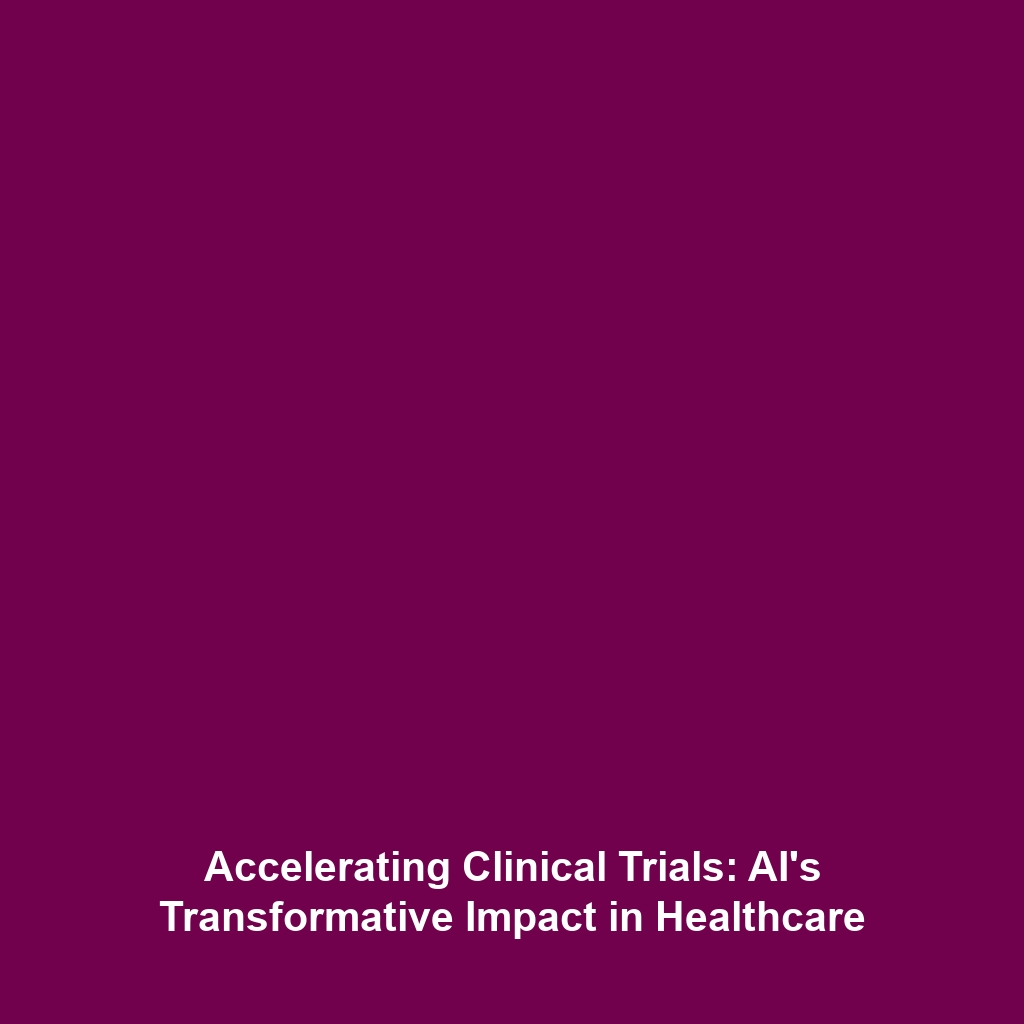Key Scientific Milestones Leading to the Use of CRISPR in Gene Editing
Introduction
The revolutionary technique of CRISPR gene editing has transformed the landscape of genetics and molecular biology, enabling scientists to edit genomes with unprecedented precision and efficiency. Understanding the key scientific milestones that paved the way for CRISPR technology is crucial for appreciating its potential applications and implications in various fields, including medicine, agriculture, and biotechnology. This article delves into the significant milestones leading to the development and use of CRISPR, highlighting its growing significance in the context of modern gene editing.
Key Concepts
Discovery of DNA Structure
The elucidation of the double helical structure of DNA by James Watson and Francis Crick in 1953 laid the groundwork for understanding genetic material, signaling the dawn of molecular biology and eventual gene editing technologies.
The Development of Recombinant DNA Technology
In the 1970s, the advent of recombinant DNA (rDNA) technology allowed scientists to manipulate genetic material, creating new combinations that would drive the field of genetic engineering. This concept of gene fusion set the stage for future innovations, including CRISPR.
Advancements in Gene Targeting Techniques
Prior to CRISPR, techniques such as Zinc-Finger Nucleases (ZFNs) and Transcription Activator-Like Effector Nucleases (TALENs) were developed, providing tools for targeted gene editing. While these methods were innovative, they were often complex and time-consuming, highlighting the need for a simpler alternative like CRISPR.
Applications and Real-World Uses
The applications of CRISPR gene editing are diverse and groundbreaking:
- Medical Research: CRISPR is being utilized to develop therapies for genetic disorders such as sickle cell disease and cystic fibrosis.
- Agricultural Advancements: Scientists use CRISPR to engineer crops that are resistant to diseases, pests, and environmental stresses, promising enhanced food security.
- Biomedical Research: The technology assists in creating precise animal models, allowing researchers to study diseases more effectively.
Current Challenges
Despite its promises, there are notable challenges of CRISPR gene editing that researchers face:
- Off-Target Effects: Unintended edits in non-target sites can lead to harmful consequences.
- Ethical Concerns: The implications of germline editing raise ethical questions regarding human modifications.
- Regulatory Issues: Lack of consistent international guidelines may hinder the advancement and application of CRISPR technologies.
Future Research and Innovations
Ongoing research seeks to refine CRISPR technology, targeting both specificity and efficiency. Upcoming innovations include:
- Next-Generation CRISPR: Development of enhanced variants like CRISPR/Cas9 and CRISPR/Cas12 arrays for improved genome editing.
- Base Editing: A groundbreaking technology that allows for precise base conversions without double-strand breaks.
- Epigenome Editing: Promising avenues to regulate gene expression without altering the DNA sequence itself.
Conclusion
Understanding the key scientific milestones leading to the use of CRISPR in gene editing provides valuable insights into the technology’s rapid evolution and vast potential. As we navigate both the remarkable applications and the challenges that lie ahead, it is crucial to promote ethical considerations and responsible research practices. For more information on gene editing and its implications, explore our additional resources on gene editing technologies and the future of CRISPR research.









